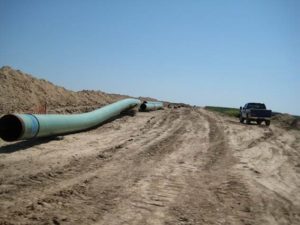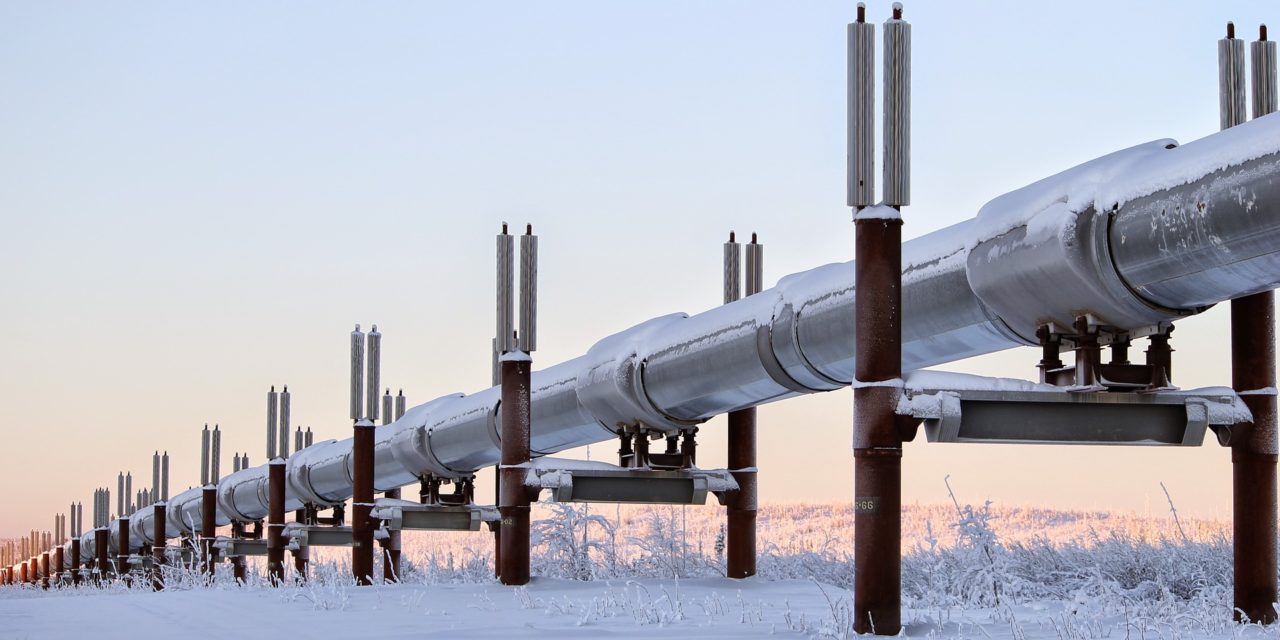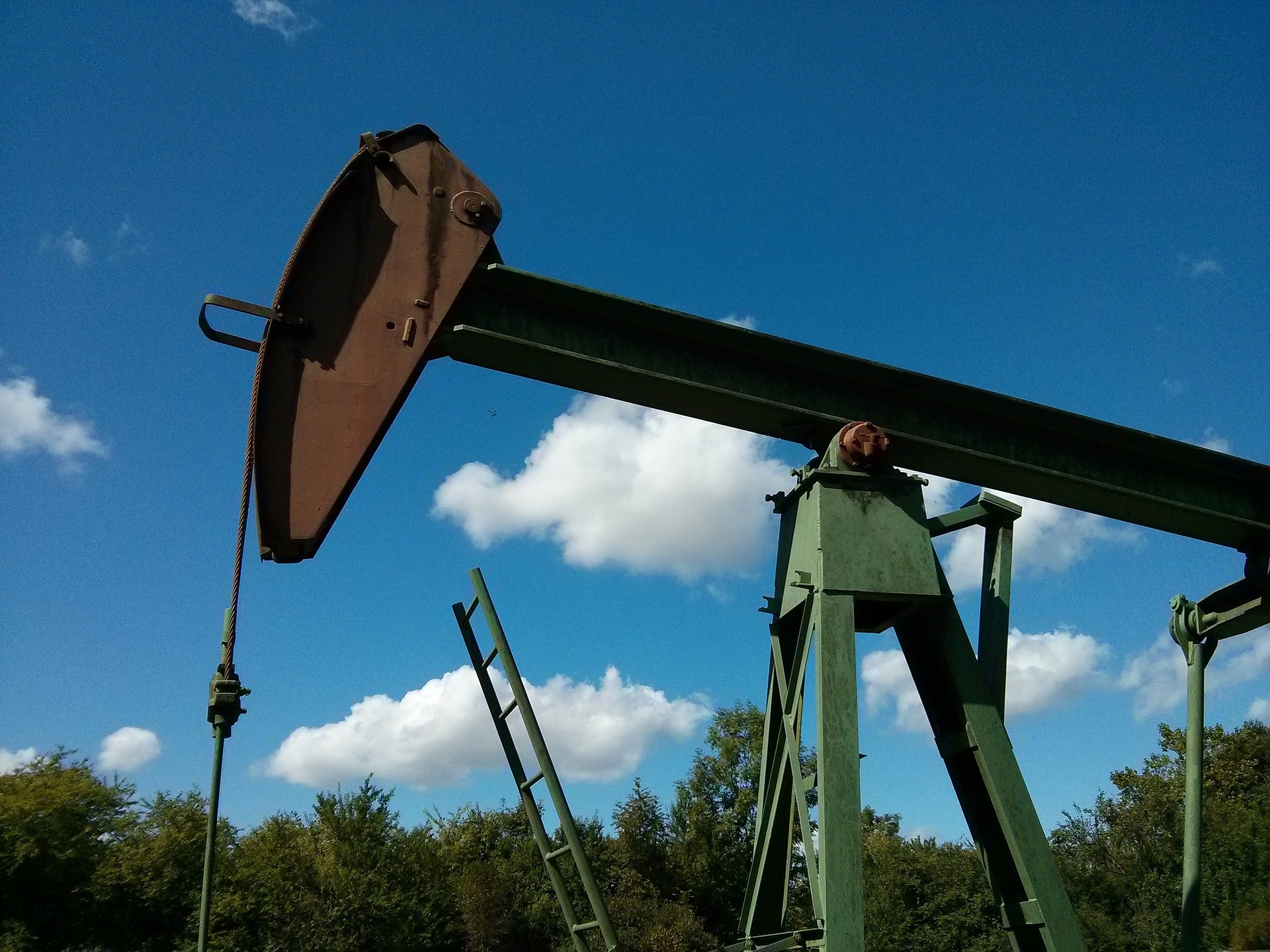The proposed TransCanada Keystone XL Pipeline, which would carry oil from Canada to Texas, comes with many dynamic implications. We will be reviewing the potential positive and negative effects of the pipeline from both an economic and appraisal perspective.
From an economic perspective, the pipeline is seen positively because it is touted to create anywhere from a few thousand to over 20,000 jobs, and it will have the capacity to transport 700,000 barrels of oil a day, while demand for oil is expected to increase over the next 4 years.[1] Regional Economic Models, Inc. (REMI) has produced what is arguably one of the most comprehensive studies on the economic benefits of the pipeline. This study projected that in a 2-year period, the Keystone XL Pipeline project would create 16,000 jobs, but after the 2-year mark, only about 800 jobs would be sustainable moving forward.[2] Further, the study predicted that the states in the path of the pipeline are likely to see around $3.1 billion increases in gross domestic product and up to $6 billion in business sales.[2] The models that REMI used to estimate these changes in economic activity are similar to the models we use in our own economic impact work. We typically use IMPLAN, which utilizes highly specified county data from 509 sectors, while REMI utilizes highly aggregated regional data from 23 sectors; IMPLAN is essentially just a broader scope.
The projected economic impacts of the pipeline are impressive, especially in the short run, but there is more to consider. First, the land used for the pipeline must be purchased, and in some cases it may be adversely condemned. This is where the appraisal issues come into play. When a property is condemned, it simply means that it is being seized for public use (for both public and private projects) through the power of eminent domain. Eminent domain is the power of the government to seize a property without the owner’s consent, so long as it is for a greater public benefit and the owner is given adequate compensation. The owner of the property is typically offered the market value of the land that is being seized. Greenfield Advisors has a history of working on condemnation/eminent domain cases, working with either the property owner or the governmental entity condemning the property.

Construction of the Keystone Pipeline, courtesy of Shannon Ramos.
Many homeowners who live along the route of the pipeline, which is already under construction in Texas and Oklahoma, have already expressed that their properties are being unfairly condemned.[3] However, by agreement with TransCanada, property owners may also receive a fair value for the land being used for the pipeline.[4]
Probably the most contentious part of the pipeline is that it could potentially result in a reduction in property value, though this may vary by both property impact and market. If, for instance, a property is split into two pieces with the pipeline running through it, that could potentially affect the value.
Lastly, potential environmental impacts are probably what we hear about the most when it comes to the Keystone XL Pipeline. Property values may not be affected if the pipeline functions properly, though there can be stigma associated with the mere presence of the pipeline running underneath, or even above, a landowner’s property. We could also consider any adverse impacts on property values that might result from a pipeline leak. One study, by Robert Simons, suggests that homes affected by a pipeline leak will experience real losses in property value of approximately 25% following a rupture if the situation is remediable and while remediation is in progress. It is important to note that market implications may vary. This diminution, of course, may increase in the case of pipelines carrying particularly dangerous or noxious materials.
– Abigail Mooney and Sarah J. Kilpatrick






Recent Comments